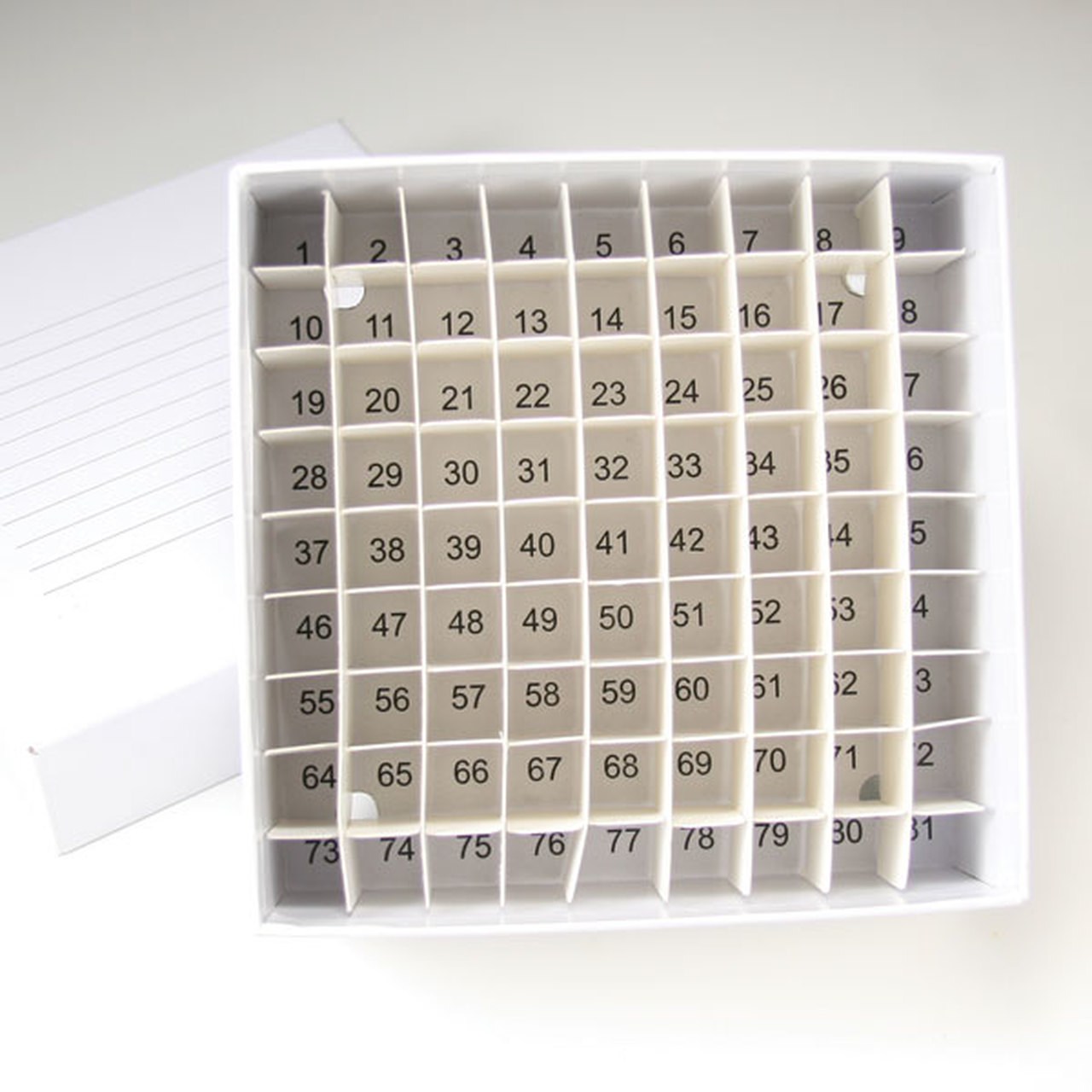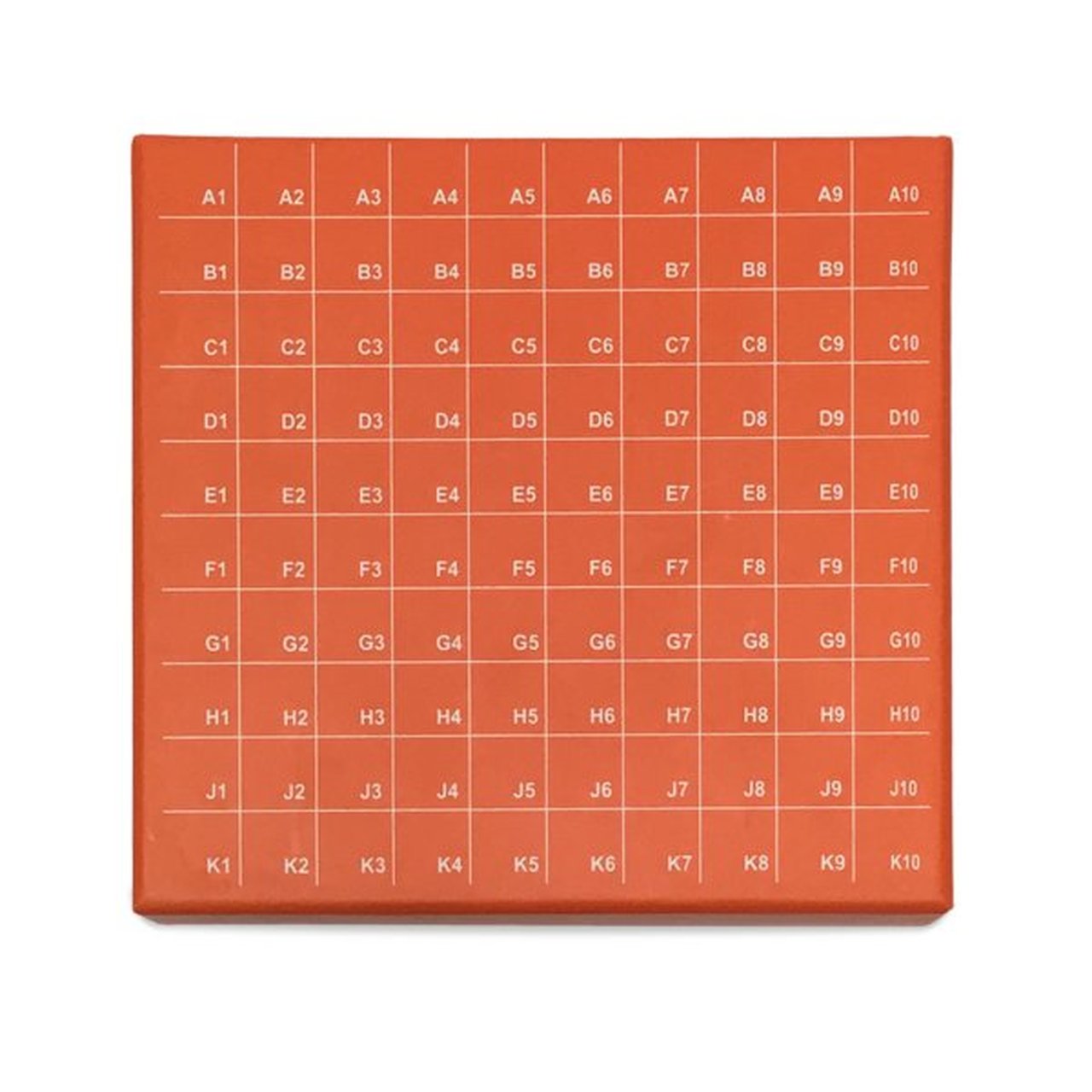Stress has
been suggested as one explanation for the 30% (or higher) false-negative rates
with RT-PCR testing.
To begin with, the process of collecting a nasal specimen is very unpleasant for both the patient and the specimen collector; everyone wants to get it over with quickly.
Add to this the pressure to perform a record number of tests daily, and it is understandable how mistakes can be made.
While it is unfortunate to botch a RT-PCR test due to human error, it would be tragic if a mistake were the result of getting patient samples mixed up in the heat of the moment.
Bar coding samples is the best way to prevent sample confusion and this works great when working with larger specimen collection tubes like the 5mL or 10mL transport tube or vial.
Our Link Labeler laboratory labeler is an example of a lab labeler that can quickly print sequential labels with unique bar-codes for tracking samples at the collection zone.

Once samples arrive at the laboratory and are processed into 1.5mL micro centrifuge tubes to perform viral RNA extraction for RT-PCR testing, room for error and confusion can creep in.
This is especially true for labs that must temporarily store patient samples in a ULT freezer until they have freed up capacity for testing.
The best way to store and organize patient samples is in a lab freezer box, either made from a durable, coated cardboard or a plastic like polypropylene or polycarbonate.
Laboratory freezer boxes have incorporated many great features to help organize patient samples.
Laboratory freezer boxes typically come with dividers to create an internal grid, usually in a 9 x 9 format for a total of 81 wells/spaces, or a 10 x 10 format for a total of 100 wells/spaces.

A cardboard freezer box will have numbers printed in the center of each well, while a plastic freezer box might have them printed or embossed into the plastic.
Better quality laboratory storage boxes feature a duplicate numbered grid on the top of the freezer box to make it faster for the lab technician to identify a sample without having to remove the lid.

Despite these helpful features a properly labeled COVID-19 sample (or any sample) can become mixed up if the freezer box lid is accidentally rotated.
Bulls-Eye Box cryogenic freezer boxes from Stellar Scientific feature a hinged lid to make it impossible for the lid to separate from the box and nearly impossible to lose the orientation of the box.

Our Bulls-Eye Box ™ freezer boxes are made from a durable cardboard and wrapped in a water-resistant colored coating to increase longevity and allow for easy color coding .
This short video showcases our cardboard Bulls-Eye Box freezer boxes and polycarbonate cryogenic boxes, both with hinged lids.
Bulls-Eye Box™ freezer boxes are available in single color boxes or an assortment of each color.
Whether your laboratory is handling COVID-19 samples for RT-PCR testing or collecting patient tissue and cells for long-term cryogenic storage, you can stay on target with a Bulls-Eye Box ™ cardboard freezer box from Stellar Scientific.


